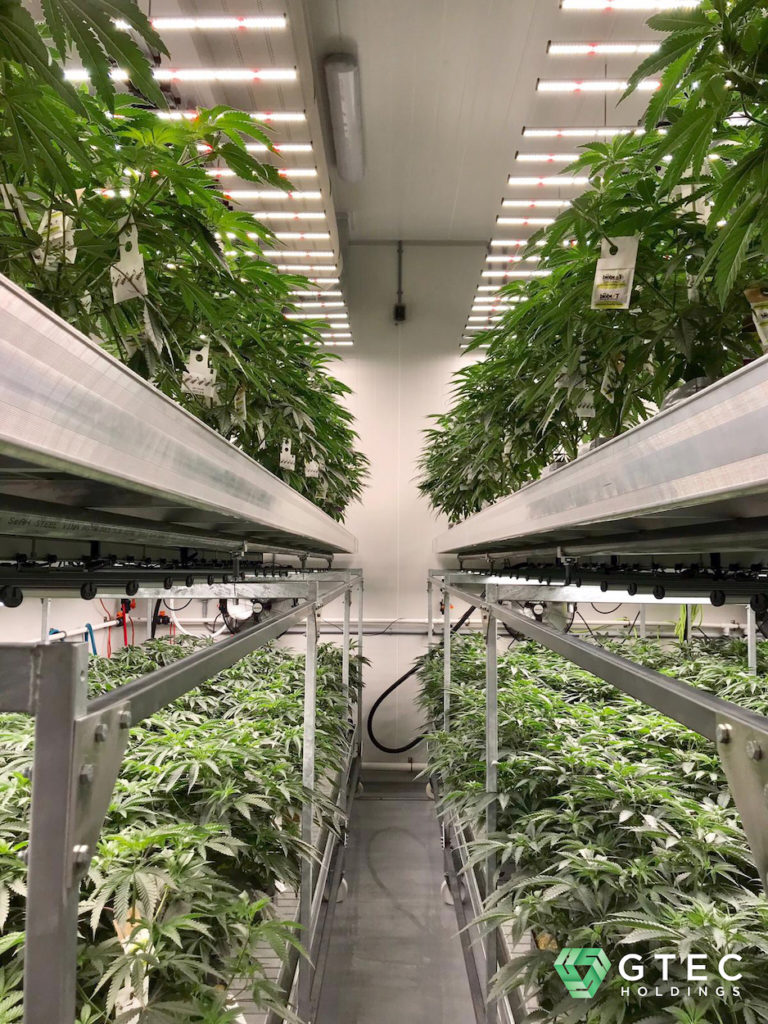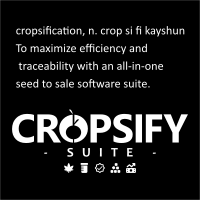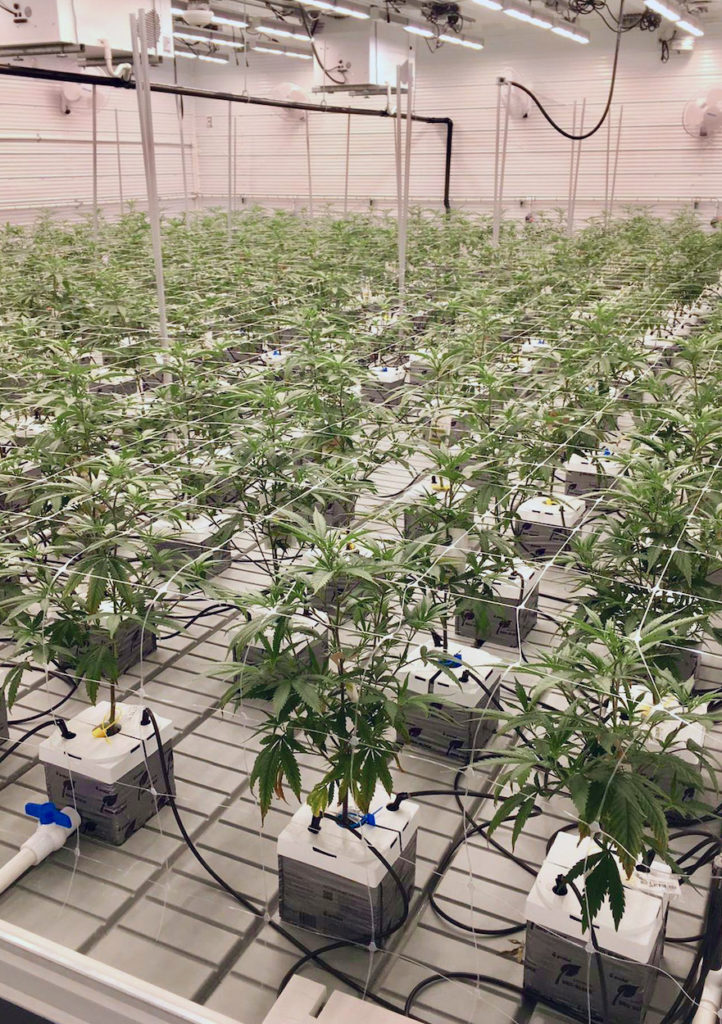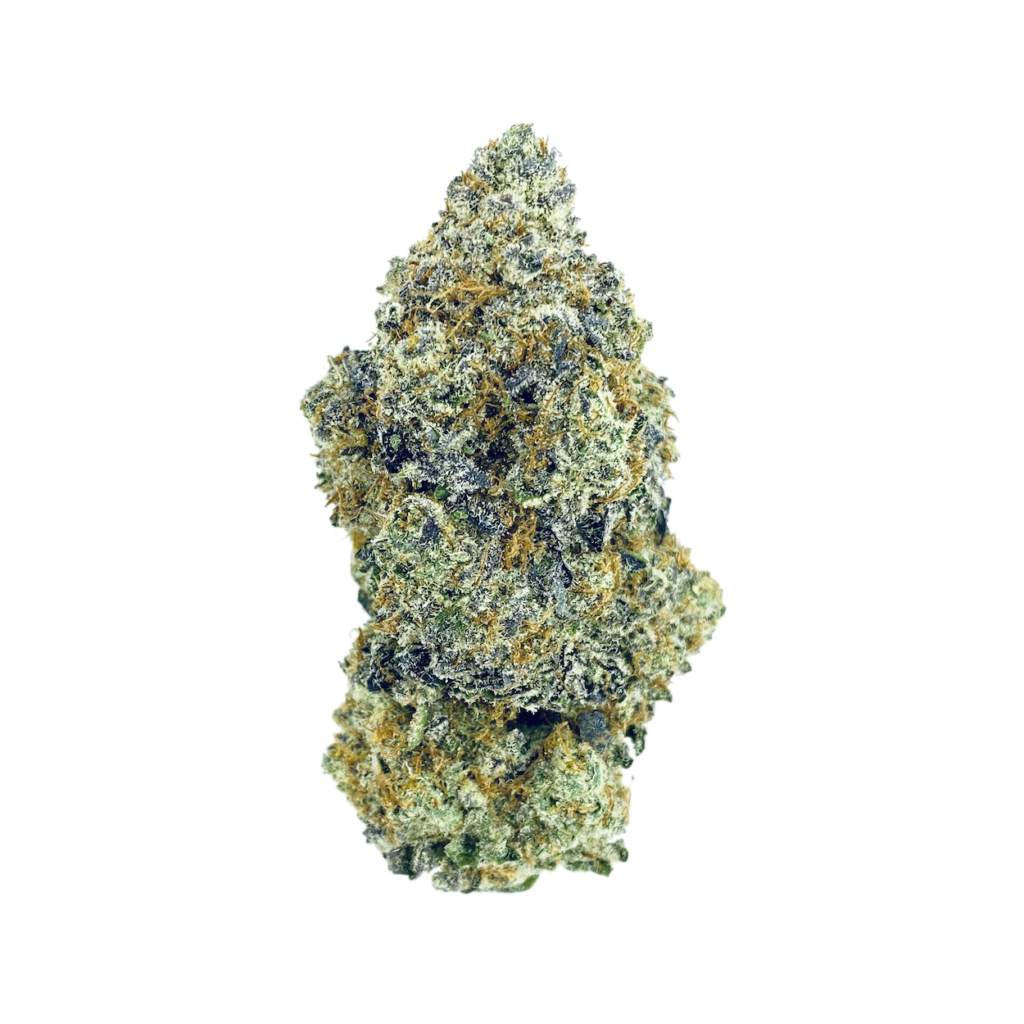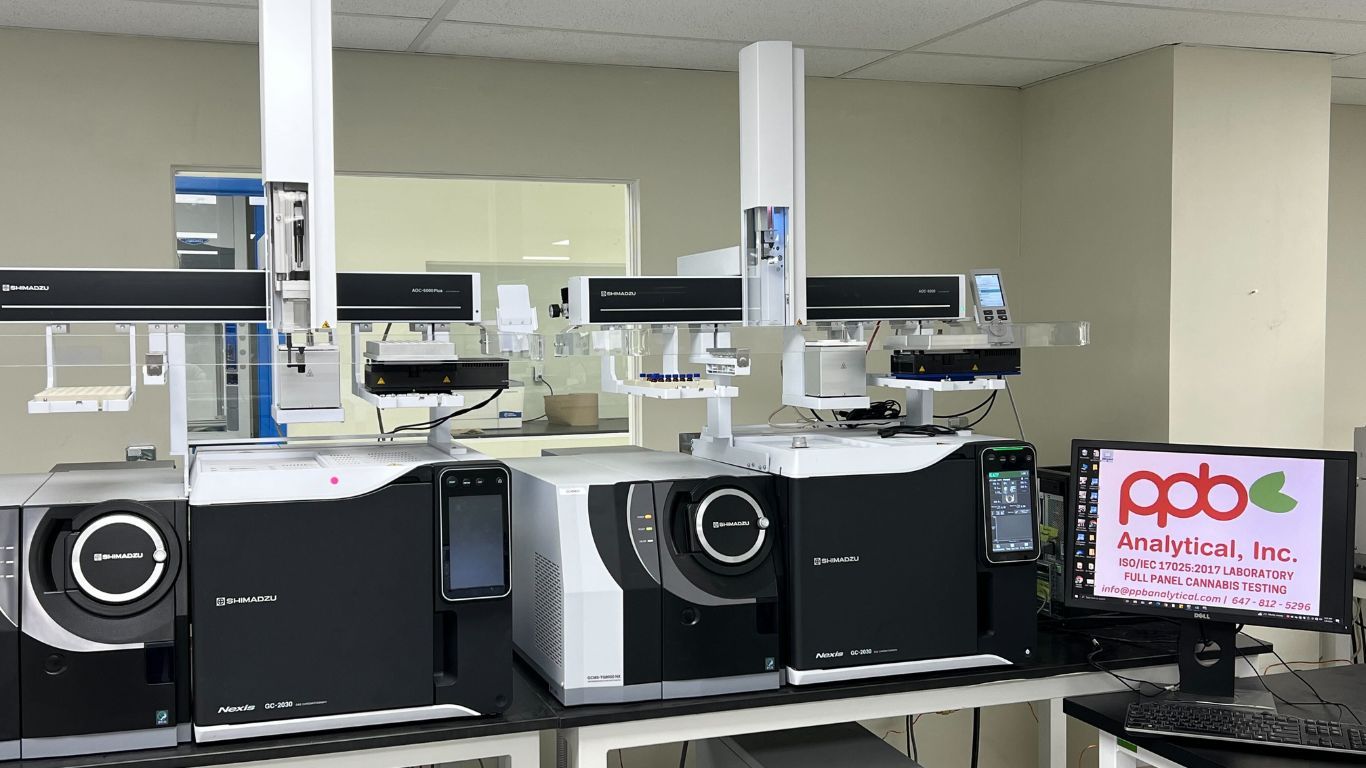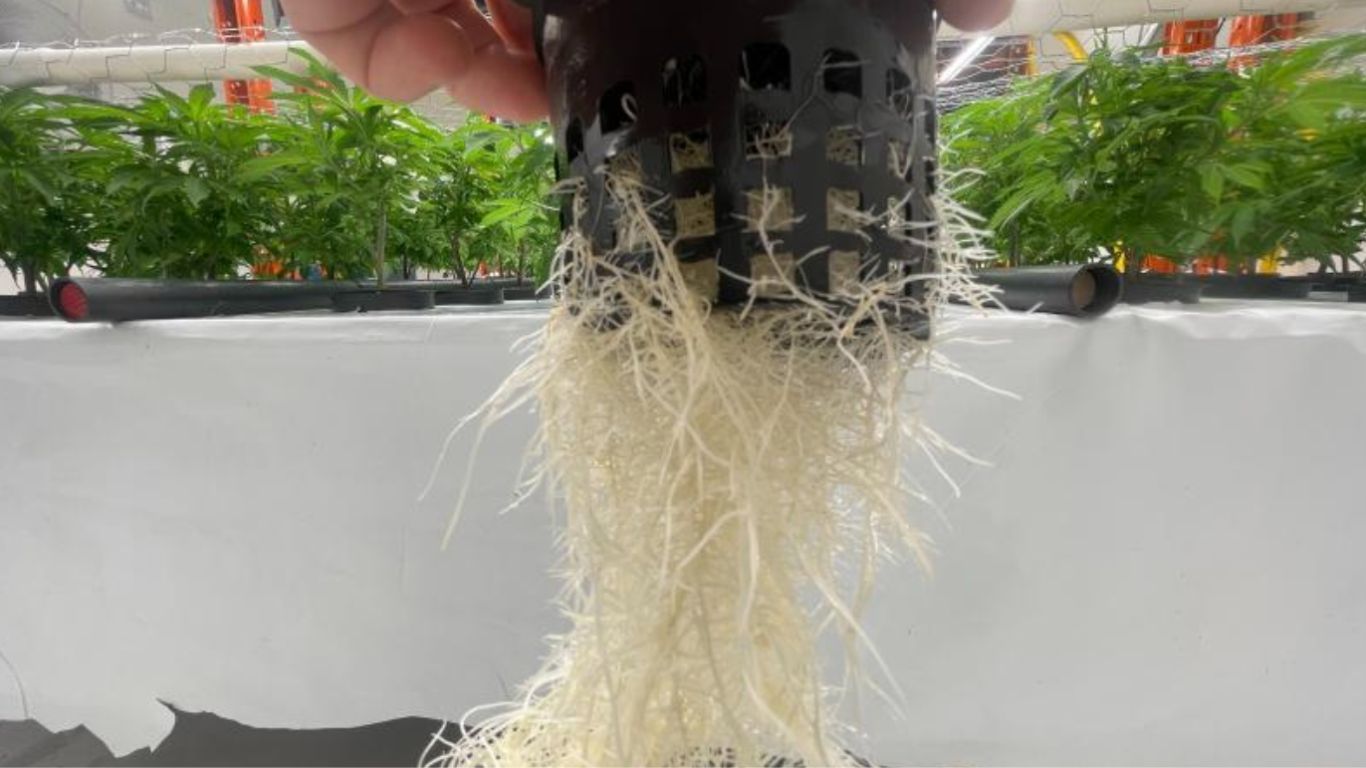
| COMPANY: | GTEC Holdings |
| LICENCE TYPE: | Standard cultivator and processor |
| APPROACH: | Indoor |
| TIMELINE: | n/a |
| COST: | n/a |
| FACILITY: | Multiple sites, indoor |
Norton Singhavon is the Founder and CEO of GTEC Holdings, a BC based company producing “small batch” indoor cannabis that has made a splash in the BC and Saskatchewan consumer markets.
GTEC currently produces two branded products, their BLKMKT and Tenzo lines, grown and processed in their three fully operational facilities and currently sold in two provinces.
Focusing on quality
Their success in these markets, says Singhavon, can provide some valuable lessons for new licence holders entering the legal cannabis market, especially micro cultivators focusing on a quality product.
At a time when these provinces were focusing more on low-priced, products from a relative handful of larger producers, the BC native says GTEC was able to make decisive and informed moves to convince distributors, especially the BCLDB (BC Liquor Distribution Branch), to recognize the demand for their high quality products, even if they cost a little more at the wholesale and consumer end.
Despite initial pushback from the distributor at meeting the per-gram price they wanted wholesale, Singhavon says they have been able to work with the province at a batch-by-batch basis in their initial sales to prove their product would sell, even for a few extra dollars.
The approach quickly paid off, he says, when their first small 10-15 kilogram batch of their BLKMKT strains sold out almost immediately, prompting the province to immediately submit a follow-on order within hours of the products debuting.
“That day was more exciting to me than anything that has ever happened in the Company. Getting licensed, going public, raising financing, none of that even compared to how I felt that day, because right there was a confirmation of my thesis that premium high-end cannabis done right will sell and will sell at a premium price point, and that consumers, at least in BC, know what’s up and they want this product.”
He said he had a similar experience when their second brand, Tenzo, was ready for market. The BCLDB initially pushed back, Singhavon says, because the product was under 20% THC, which the province had prioritized as meeting consumer demand.
Getting licenses, going public, raising financing, none of that even compared to how I felt that day, because right there was a confirmation of my thesis that premium high-end cannabis done right will sell and will sell at a premium price point, and that consumers, at least in BC, know what’s up and they want this product.
He says he then contacted a network of private legal retailers in BC who he knew and told them about the product, which they all said they would love to carry. He encouraged them to contact the BCLDB and express their interest, before following up with the province again to show them the interest they generated. They were also able to give the province a bit of an assurance that it would sell.
“We went back to the buyer (LDB), and said ‘listen we’ve essentially pre-sold it. They’ve contacted you, here’s who they are, here’s the commitment: Put us in the private channels and if the product doesn’t sell in thirty days, we’ll take it all back.’
They agreed to it, and the product sold out immediately. When the next batch of Tenzo was ready, he says, the BC government listed some for their retail stores and their online store, showing they recognized its value.
Don’t go diving into everything yourself from day one, there’s a lot of industry experts out there. Leave some money on the table for them and make your life easier and focus on growing amazing cannabis.
Although GTEC only currently has two brands on the market, BLKMKT and Tenzo, Singhavon says they have about 30 exclusive strains they brought in at time of licensing through the one-time genetic transfer opportunity. In the coming months, he says they are planning to release Watermelon Mojito Zkittles, Double Purple Pie, and Alien Sinmint Cookies. So far, they have released Wedding Crasher and Cherry Punch under their BLKMKT brand, and Purple Punch 2.0 and Dosi-Pie under their Tenzo brand.
Understanding the BC market and consumer demand
Born and raised in BC’s lower mainland, Singhavon created GTEC in 2017 with a focus on filling a gap he identified in the market left open by producers at the time who were focusing more on quantity and low price points, rather than quality. Due to his experience, he felt that with the right approach and knowledge, he could sell the kinds of products he knew consumers wanted.
By acquiring businesses who were making their way through the licensing process, all with a smaller footprint than many Licensed Producers at the time, and doing extensive market research in Canada and the US to understand what growing methods were commanding the highest price for their product, Singhavon says he was able to assemble a team that could produce a product that could rival the kind of quality many consumers were used to getting on the illicit market, especially in BC.
The ones who were winning were the guys producing premium quality indoor flower. Greenhouse guys were getting slaughtered.
“From 2014-2016, I personally went to the US probably about 30 times. I went to every state and city (with a legal framework), spent my own money doing research, seeing what the trends are. I was asking who is successful, what kinds of products are winning.
“The ones who were winning were the guys producing premium quality indoor flower. Greenhouse guys were getting slaughtered. For example, in Colorado, dispensary owners were telling me if you grow good indoor product, it’s easy to sell, but if you’re growing greenhouse, it’s not.”
Taking that kind of knowledge back to Canada, Singhavon says he knew he wanted to try to build the best kind of facility possible, with a focus on satisfying the market demand.
“I always saw in BC, the people I grew up with wanted quality quads. They’re willing to pay more, but if we’re going to get them to buy legal product, it has to meet the same quality they are used to.”
Observing these kinds of consumer trends where there’s price loyalty for product loyalty, he says, is important/ This is especially the case for smaller producers because they will never be able to compete on price with large scale producers, especially the larger greenhouse operations who can still profit by wholesaling at around $1-$1.50/gram.
BC is the one province who realizes this, in my opinion, they know they have to get top-shelf products if they want to compete with the illicit market.
Working with a provincial distributor
He says he also sees that the provinces, or at least BC, are coming around to understanding that they aren’t going to be able to pull consumers in from the black market if they aren’t competing on quality. While low price points are important, without some high quality option, there will always be some who just stick with their illicit source. He sees this slowly improving across the market, as additional smaller producers come online.
“If you want to eliminate the illicit market, you’re going to need products that are competing with them in terms of quality and pricing. I don’t think we’re there yet, in competition with pricing, but I believe that the quality is starting to get there. In the last six months, there are much better products coming on line.
“BC is the one province who realizes this, in my opinion, and they know they have to get top-shelf products if they want to compete with the illicit market.”
In order to work with a province like BC, though, newer licence holders will need some realistic expectations, and they may need to find partners, at least early on, to help them secure that shelf space. They also have to be willing to be flexible in how they deal with processors and distributors.
“If you don’t have any experience dealing with provincial liquor boards, you might want to go with an agency from the start. But any agency you sign with may want you to sign an extended contract. Push back on that, take something for maybe six months, learn from them. But if you don’t think an agency makes sense and you want to do things on your own, the BCLDB seems very down to earth, and of course, each province will be on a case by case basis.
“But just work with them, they will tell you what they think the product should be priced at, and they do have experience with that. It may require biting the bullet a little bit without the greatest price, but get in the door and try to come back with a better product the next time.”
Stay humble
The main thing for new micro cultivators will be using their advantage of being small enough to focus on a quality product and taking extra time to give the required care to consistently grow a great product. Focusing on what the market is lacking in terms of strains is another big piece, he says, as well as staying humble.
What may have worked for them in the illicit market might not be able to transition into the legal market.
“I think the future for a lot of micro producers is going to be a very tough landscape to complete in. On one hand, a lot of the big LPs have this attitude, an arrogance that they are these big behemoths who can dictate consumer demand.
“I think some of the micros where I’ve seen that same arrogance is that they may have grown what they thought was very good product in the black market, and maybe have friends and family who purchased that product or dispensaries who thought it was a good product, but the arrogance I’ve seen is they think all the big LPs grow garbage and therefore, because they aren’t big, they’re going to be able to put out product that is a thousand times better than what’s out there.”
This is a mistake, he says, and anyone entering the market has a lot to learn even if they grew amazing pot in the illicit market.
“It’s a different, regulated environment. You need to follow GPP; there’s SOP’s to follow, QA, there’s a lot of pesticides they might be used to in the black market, that they can’t use in the legal market, and there are certain growth additives that are prohibited. What may have worked for them in the illicit market might not be able to transition into the legal market.
“Micros really need to come at this with a very humble approach that they are going to have challenges bringing over their previous knowledge and expertise as growers from the old world into the new world. And there will be growing pains. That’s probably one of the biggest challenges.”
The other, he says, will be utilizing the one time genetic declaration to bring in good varieties that the consumer doesn’t have access to yet, or finding someone who can supply them with those genetics, like a nursery.
“You need top-tier genetics, you want to take the time to whole-plant hang-dry, provide proper curing, hand trim, build your facility from scratch from the ground up, and build it right. Build a machine that’s there to produce the best cannabis possible.”
Lastly, he says, do what you know well, and be willing to work with others who can help with what you don’t know yet. If you grow great cannabis, grow great cannabis and plan on working with someone who can help you package that and get it on consumer shelves.
“Don’t go diving into everything yourself from day one, there’s a lot of industry experts out there. Leave some money on the table for them and make your life easier and focus on growing amazing cannabis. Let them deal with selling and marketing, etc, even if it means giving up a couple points on your margin, as long as it gives you a chance at growing a top quality product.”
Growing cannabis in a COVID world
As for managing a company like GTEC amidst the current COVID-19 health crises, Singhavon says his company has taken measures to mitigate risk. They are doing things like dividing up his staff into different teams that never interact so that if one person on one team gets sick, they can more easily isolate that factor without losing all their staff at once.
While he says the smaller footprint a micro has in terms of overhead and staff can be an advantage for micros in general, that advantage shifts currently because a smaller staff will be harder to break up into those kinds of groups.
“I do think that could be difficult for them right now, and we’ll have to see how that plays out over the next few months. It’s something else that any new micro cultivator should be thinking about.”


